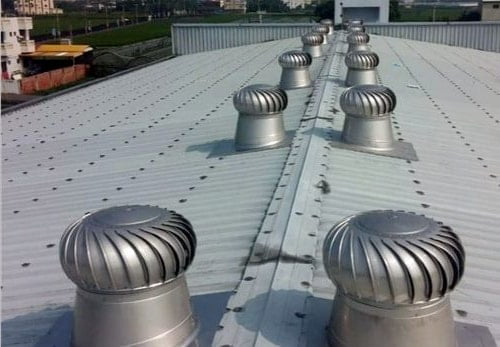The Hidden Dangers of Poor Ventilation: Unveiling the Hazards
2 min read
In today's fast-paced world, we often overlook the importance of proper ventilation in our living and working spaces. Poor ventilation can have far-reaching consequences on our health, productivity, and overall well-being. In this blog post, we will delve into the various hazards associated with inadequate ventilation and shed light on why it should be a top priority for everyone.
- Health Risks:
Poor ventilation can lead to a buildup of harmful pollutants, allergens, and toxins in indoor spaces. These contaminants can include volatile organic compounds (VOCs), carbon monoxide, mold spores, and dust mites. Prolonged exposure to such pollutants can trigger respiratory problems, allergies, asthma attacks, and even more severe health issues. - Reduced Cognitive Function:
Studies have shown that inadequate ventilation can impair cognitive function and decrease productivity. When fresh air supply is limited, the brain receives less oxygen, leading to difficulties in concentration, memory loss, and decreased mental alertness. This can have a significant impact on academic and professional performance. - Increased Risk of Infectious Diseases:
Insufficient airflow can create an environment conducive to the spread of infectious diseases. Stagnant air allows viruses, bacteria, and other pathogens to linger, increasing the likelihood of transmission. Proper ventilation, on the other hand, helps dilute and remove airborne contaminants, reducing the risk of infections. - Moisture and Mold Growth:
Poor ventilation often leads to excessive moisture buildup, especially in areas like bathrooms and kitchens. This excess moisture creates an ideal breeding ground for mold and mildew. Mold spores can cause allergies, respiratory issues, and even contribute to the development of chronic conditions over time. Adequate ventilation helps control humidity levels and prevents mold growth. - Fire Hazards:
Inadequate ventilation can also pose fire hazards, particularly in enclosed spaces. Poor airflow can hinder the proper functioning of appliances, leading to overheating and potential fire outbreaks. Proper ventilation systems help dissipate heat and remove smoke, reducing the risk of fire accidents.
Conclusion:
From compromising our health to impacting cognitive function and increasing the risk of infectious diseases, poor ventilation poses a multitude of hazards. It is crucial to prioritize proper airflow and ventilation in our homes, workplaces, and public spaces. By ensuring adequate ventilation, we can create healthier, safer environments that promote well-being and productivity.


